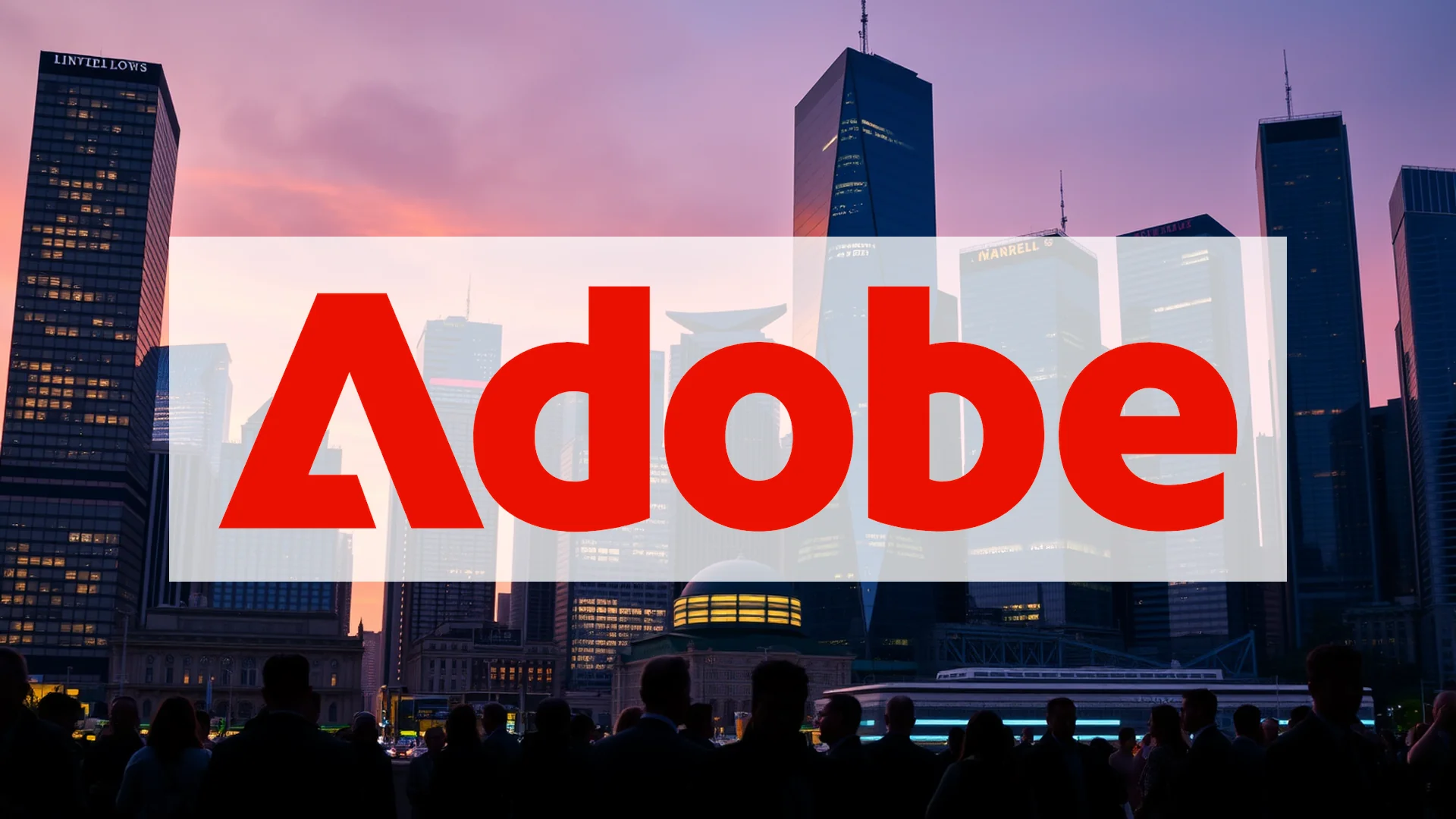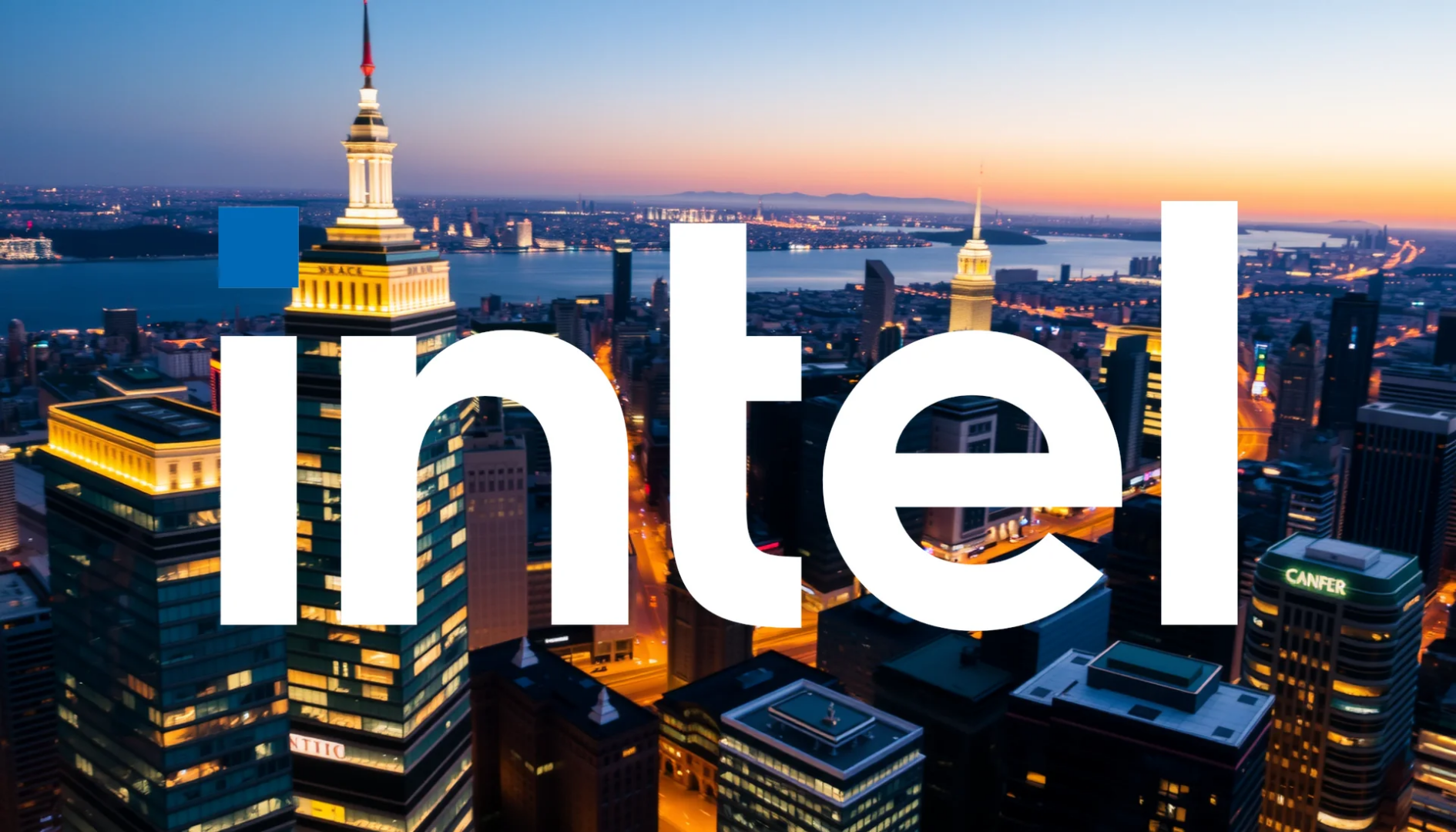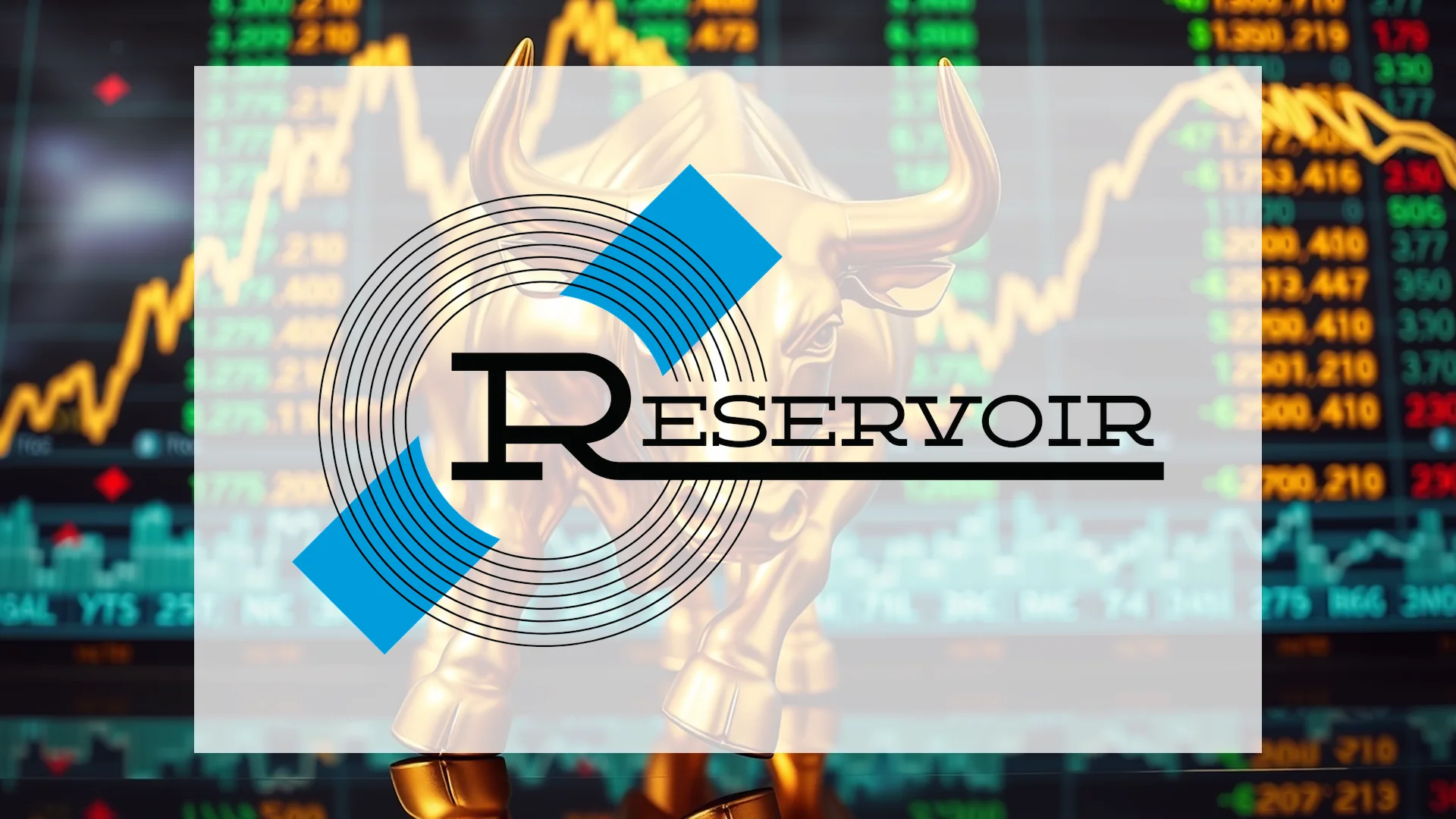Adobe is making a bold $1.9 billion move to acquire Semrush, a strategic play aimed at countering the rising threat of artificial intelligence competitors. Despite this ambitious plan, investor sentiment is overwhelmingly negative, with the company’s shares hovering alarmingly close to their 52-week low. As executives champion a new direction focused on “Generative Engine Optimization” (GEO), the market response raises a critical question: is this a visionary pivot or a costly defensive reaction born from competitive pressure?
Institutional Confidence Contrasts with Retail Skepticism
Beneath the surface of the pessimistic stock chart, signals of “smart money” activity are emerging. While retail investors remain apprehensive, certain institutional players appear to be capitalizing on the depressed share price. Laurel Wealth Advisors has significantly increased its stake recently, demonstrating clear confidence in Adobe’s long-term strategic vision.
This institutional vote of confidence is echoed by analysis from firms like Piper Sandler, which views the acquisition as a necessary evolution. These experts maintain that the Semrush purchase is crucial for preserving Adobe’s market relevance as AI transforms the marketing landscape. The consensus price target among analysts remains substantially above current trading levels, suggesting significant potential recovery—if market sentiment can shift in Adobe’s favor.
The Core Strategy: Building Defenses Against AI Disruption
At the heart of Adobe’s strategic shift is the concept of Generative Engine Optimization (GEO). This represents far more than a simple expansion of the company’s service portfolio; it constitutes a direct response to fundamental concerns that generative AI could undermine Adobe’s established business model.
Should investors sell immediately? Or is it worth buying Adobe?
The company is attempting to construct formidable barriers against competitors such as Canva and Midjourney. The ultimate objective is to enable brands to optimize their visibility not just within traditional search engines, but directly within the responses generated by AI models and chatbots. By integrating Semrush’s data analytics capabilities with its own Creative Cloud ecosystem, Adobe aims to dominate the entire workflow—from initial content creation through to AI-optimized distribution.
Market Reaction Reflects Deep-Seated Concerns
Despite the apparent strategic logic behind the move, financial markets have responded with notable skepticism. The decline in Adobe’s share value has been severe: currently trading at approximately 274 euros, the stock has lost nearly half its value compared to its 52-week peak. The technical positioning is particularly concerning, with the equity balancing precariously just above its annual low of 271 euros. A breach below this critical support level could potentially trigger additional waves of selling.
This investor apprehension reflects profound uncertainty about whether Adobe can adapt quickly enough to industry transformation, or if the Semrush integration will initially generate substantial costs without delivering immediate measurable benefits.
Adobe now stands at a critical inflection point. The coming months will determine whether the substantial bet on GEO will pay off, reversing the current downward trajectory, or whether bearish sentiment will ultimately prevail in the market.
Ad
Adobe Stock: Buy or Sell?! New Adobe Analysis from November 26 delivers the answer:
The latest Adobe figures speak for themselves: Urgent action needed for Adobe investors. Is it worth buying or should you sell? Find out what to do now in the current free analysis from November 26.
Adobe: Buy or sell? Read more here...









